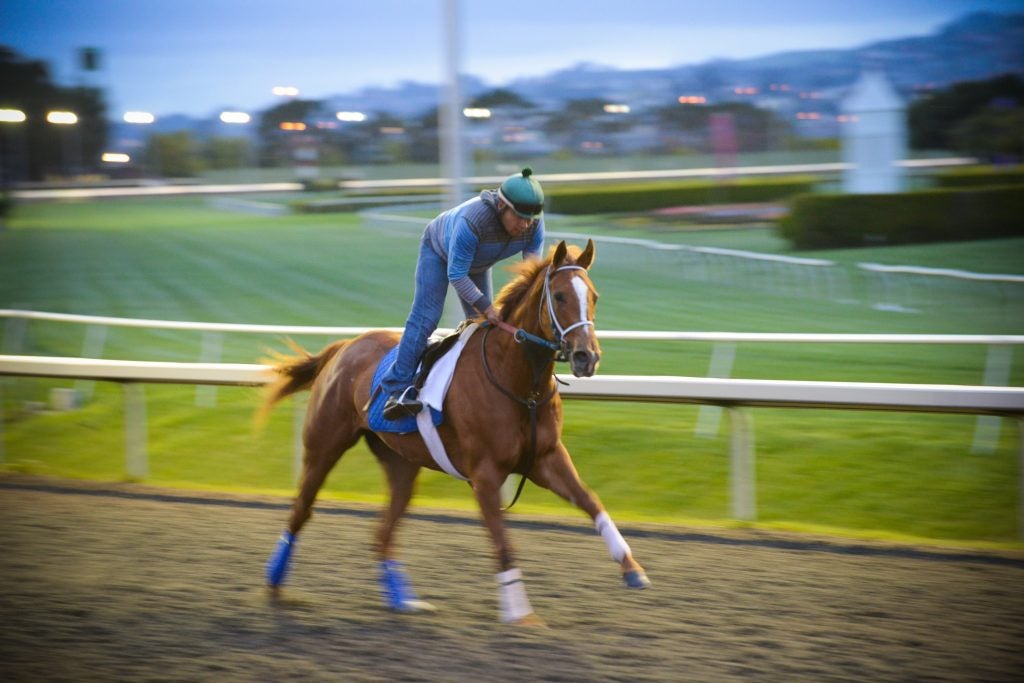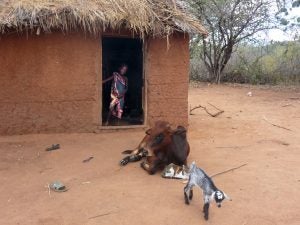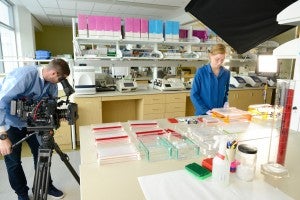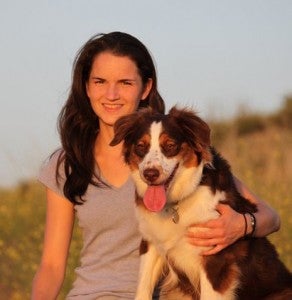“A horse is the projection of peoples’ dreams about themselves – strong, powerful, beautiful – and it has the capability of giving us escape from our mundane existence.” –Pam Brown
Horses have played a key role in the history of California, as an early form of transportation and symbol of the West, to today’s equine athletes thrilling us with their power and grace. Horses touch the human soul with their spirit and beauty. Watching the recent Breeder’s Cup horse racing events held at the Del Mar Thoroughbred Club racetrack in San Diego, I marveled at the power and strength of the horses as they thundered down the track. Jockeys in their bright colored jerseys, in rhythm with their rides, flashing by to the roar of the crowd.
Our school has an extensive history of supporting equine health, allowing people that love horses to project their dreams through these majestic animals. A state-of-the-art equine drug testing laboratory to protect the horse racing industry was the dream of the late Kenneth L. Maddy, a California legislator, avid horseman and supporter of veterinary education. He would be proud to know that the Kenneth L. Maddy Equine Analytical Chemistry Laboratory, within the California Animal Health and Food Safety Laboratory System, was recently recognized as one of only five labs by the International Federation of Horseracing Authorities (IFHA) as an “IFHA Reference Laboratory.”






